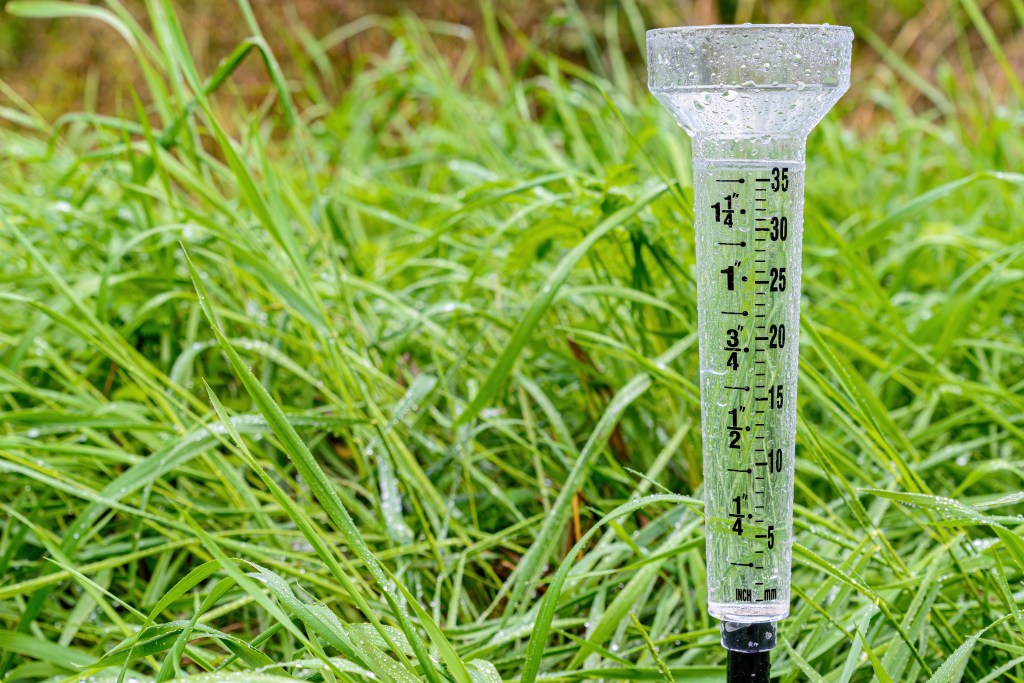The Benefits of Setting Up a Precision Rain Gauge for Your Weather Station
The Benefits of Setting Up a Precision Rain Gauge for Your Weather Station
Blog Article
Revealing the Science Behind Rainfall Determines: How These Devices Play an Important Role in Environment Study and Environmental Monitoring
Rainfall assesses, relatively straightforward devices, hold a profound value in the realm of climate research and environmental monitoring. These unassuming instruments silently collect one of nature's most crucial aspects-- rains. Behind their plain facade exists a complicated scientific research that is crucial for recognizing the dynamics of our environment. As we peel back the layers of this clinical shroud surrounding rainfall determines, we reveal a globe where precision, data precision, and meticulous monitoring assemble to unveil a much deeper understanding of our transforming climate and its influence on the earth.
Relevance of Rain Scales
Rainfall determines play an indispensable role in surveillance and gauging precipitation levels, giving important information for climate research study and evaluation. These tools are essential in measuring the amount of rains that takes place in a particular location over a specific period. By accumulating and determining rainwater, rainfall assesses offer useful understandings right into the circulation and strength of precipitation, assisting meteorologists, hydrologists, and climatologists in recognizing weather patterns and fads.
Furthermore, lasting data collected from rain gauges helps in examining climate adjustment impacts and patterns, contributing considerably to clinical study and decision-making procedures. In essence, rain assesses serve as essential devices in the area of meteorology and environmental science, playing a critical function in advancing our understanding of weather and climate characteristics.
Kinds Of Rain Gauges

Functionality and Operation
In the realm of climate research study and atmospheric researches, the efficiency of rainfall evaluates lies in their intricate performance and precise functional mechanisms. Rain evaluates are developed to precisely measure the quantity of precipitation that drops over a certain area during a set duration. These gadgets generally include a channel that collects rain and channels it into a gauging tube. The determining tube is marked with calibrated measurements that permit for the specific metrology of rainfall.
The capability of rainfall gauges is based upon the concept of accumulating and gauging rainwater in a standardized manner. This gathered data is vital for understanding regional weather condition patterns, tracking long-term environment trends, and analyzing ecological influences. To make certain precise measurements, rain determines requirement to be strategically placed in open locations far from blockages such as buildings or trees that could interfere with the collection process.
The functional facet of rainfall assesses entails routine upkeep to stop debris build-up, calibration checks to maintain dimension precision, and data tape-recording for evaluation (rain gauge). On the whole, the capability and procedure great site of rain evaluates are necessary for gathering trusted precipitation information important to climate study and ecological monitoring
Role in Climate Study
Offered the important relevance of accurate precipitation dimensions in comprehending weather condition patterns and ecological influences, the duty of rain gauges in environment research is crucial. Rain evaluates provide crucial data for environment research study by evaluating the quantity of rainfall that drops over a certain area throughout an offered duration. This information is essential for monitoring lasting trends in rainfall patterns, evaluating the impact of climate change on rains distribution, and enhancing environment versions.

Climate researchers make use of data accumulated from rainfall assesses to analyze variants in rainfall degrees, determine local climate patterns, and review the efficiency of water source monitoring strategies. By contrasting historic precipitation data with present dimensions, scientists can find shifts in rainfall patterns, such as changes in the regularity or intensity of rainfall events. This details is vital for comprehending how environment change is affecting rainfall characteristics and can help policymakers make educated choices concerning adaptation and mitigation approaches.
Applications in Environmental Surveillance

In flooding projecting, rainfall scale data aids to track rainfall intensity and circulation, permitting authorities to release timely cautions and take necessary measures to alleviate flood risks (rain gauge). Drought surveillance relies upon rain scale data to examine dampness degrees in the dirt and track rainfall deficits, assisting in the recognition of drought-prone areas and the execution of drought reaction techniques
In addition, rain scale information plays an essential function in water source management by offering information on water schedule and usage trends. Additionally, in farming, rain gauge information assists farmers in enhancing irrigation routines, plant choice, and overall farm monitoring Read More Here practices based on neighborhood rainfall patterns.
Verdict
Finally, rainfall evaluates are necessary tools for determining precipitation, giving beneficial information for environment research study and environmental monitoring. With different types and functionalities, rainfall evaluates play an essential function in recognizing rainfall patterns and their effect on the setting. By accurately determining rainfall, these devices add to the improvement of clinical knowledge and assistance in making notified decisions associated to water resource administration and calamity readiness.
Rain assesses play a vital duty see this in surveillance and measuring rainfall degrees, supplying necessary information for environment research and analysis. The standard rainfall gauge, known as the "tipping pail" scale, is one of the most frequently made use of devices. Ultrasonic rain gauges use noise waves to discover the visibility of rainfall, giving real-time information on rainfall levels.Environment researchers make use of data gathered from rain gauges to examine variations in precipitation levels, determine local environment patterns, and examine the performance of water source monitoring methods.In conclusion, rainfall evaluates are crucial devices for measuring precipitation, providing valuable data for climate research and ecological tracking.
Report this page